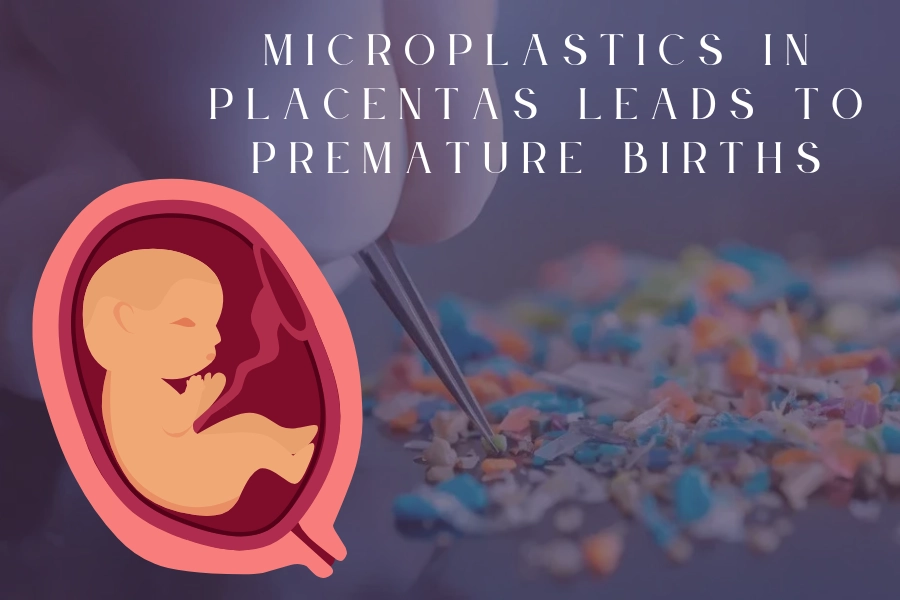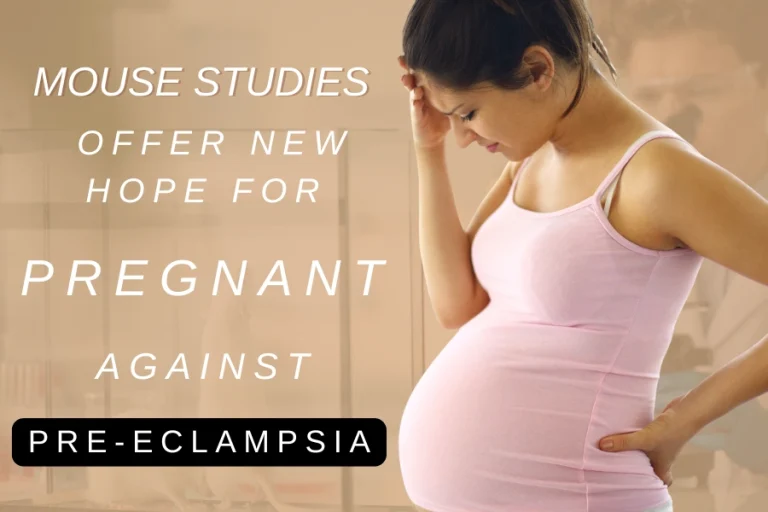
A study has found 50% higher levels of microplastic and nanoplastic contamination in placentas of premature births than full-term births
The levels of microplastic pollution were much higher than previously found in blood. It is suggested that plastic particles are gradually accumulating in the placenta. But the biggest surprise was that higher average levels of pollution were found in shorter pregnancies, which predicts that longer pregnancies may accumulate more.
The levels of microplastic pollution were much higher than previously found in blood, suggesting that plastic particles are accumulating in the placenta. But the biggest surprise was that higher average levels of pollution were found in shorter pregnancies, and that longer pregnancies may accumulate more.
According to Dr Enrico Barrozo, of Baylor College of Medicine in Texas, USA, premature birth is the primary cause of infant mortality worldwide, and about two-thirds of premature births are still unexplained. The established connection between air pollution and millions of premature births prompted the team to research plastic pollution and premature births.
The study only shows a link between microplastics and preterm birth. Further cell culture and animal model studies are needed to determine whether the link is causal. Microplastics could result in inflammation in human cells, and inflammation is one of the factors that triggers labor to start.
Microplastics from the breakdown of plastic waste have polluted from Mount Everest1 to the deepest ocean basins2. And humans have absorbed these tiny plastic particles through food, water and air.
Microplastics from the breakdown of plastic waste have polluted from Mount Everest to the deepest ocean basins. And humans have absorbed these tiny plastic particles through food, water and air.
Microplastics were first found in placentas in 2020, and have also been found in semen, breast milk, brains, livers and bone marrow3. This shows that the human body is heavily contaminated with plastic pollution. Although the effects of microplastics on human health are still not well known, they have been related to strokes and heart attacks.
“Our study hints at the possibility that the accumulation of plastics could be contributing to the occurrence of preterm birth,” said Prof Kjersti Aagaard – Boston children’s hospital in the US. “Combined with other recent research, this study adds to the growing body of evidence that demonstrates a real risk from exposure to plastics on human health and disease.”
In the study, the researchers examined 100 placentas from full-term births (average 37.2 weeks) and 75 placentas from preterm births (34 weeks) from Houston.
High-sensitivity mass spectrometry analysis revealed 203 micrograms of plastic per gram of tissue (µg/g) in placentas from preterm births, which is over 50% higher than the 130µg/g in placentas from full-term births.
Twelve types of plastic were found, and the types of plastics found to differ the most between preterm and full-term placentas were PET (used in plastic bottles), PVC, polyurethane and polycarbonate.
A higher risk of preterm birth is often influenced by a number of factors, including a mother’s age, ethnicity, and socioeconomic status. However, plastic particles and preterm birth were strongly linked even when these factors were taken into account.
Some mothers are at higher risk of preterm births, due to their age, ethnicity and socioeconomic status. But a strong link between the plastic particles and premature birth remained even when these factors were taken into consideration.
“This study showed an association and not causation,” said Barrozo. “But I think it is important to increase people’s awareness of microplastics and their associations with potential human health effects.”
He said the effectiveness of actions to reduce exposure to microplastics also needed research instantly. “Those interventions need to be studied to prove that there is a benefit to avoiding these plastics.”. Moreover,
- Napper, I. E., Davies, B. F., Clifford, H., Elvin, S., Koldewey, H. J., Mayewski, P. A., Miner, K. R., Potocki, M., Elmore, A. C., Gajurel, A. P., & Thompson, R. C. (2020). Reaching New Heights in Plastic Pollution—Preliminary findings of Microplastics on Mount Everest. One Earth, 3(5), 621–630. https://doi.org/10.1016/j.oneear.2020.10.020 ↩︎
- Bai, X. P. M. C. S. C. S. D. H. X. K. T. M. D. J. L. Z. G. S., Peng, X., Chen, M., Chen, S., Dasgupta, S., Xu, H., Ta, K., Du, M., Li, J., Guo, Z., & Bai, S. (2018, November 27). Microplastics contaminate the deepest part of the world’s ocean. Geochemical Perspectives Letters. https://www.geochemicalperspectivesletters.org/article1829/ ↩︎
- Ragusa, A., Svelato, A., Santacroce, C., Catalano, P., Notarstefano, V., Carnevali, O., Papa, F., Rongioletti, M. C. A., Baiocco, F., Draghi, S., D’Amore, E., Rinaldo, D., Matta, M., & Giorgini, E. (2020). Plasticenta: First evidence of microplastics in human placenta. Environment International, 146, 106274. https://doi.org/10.1016/j.envint.2020.106274 ↩︎






